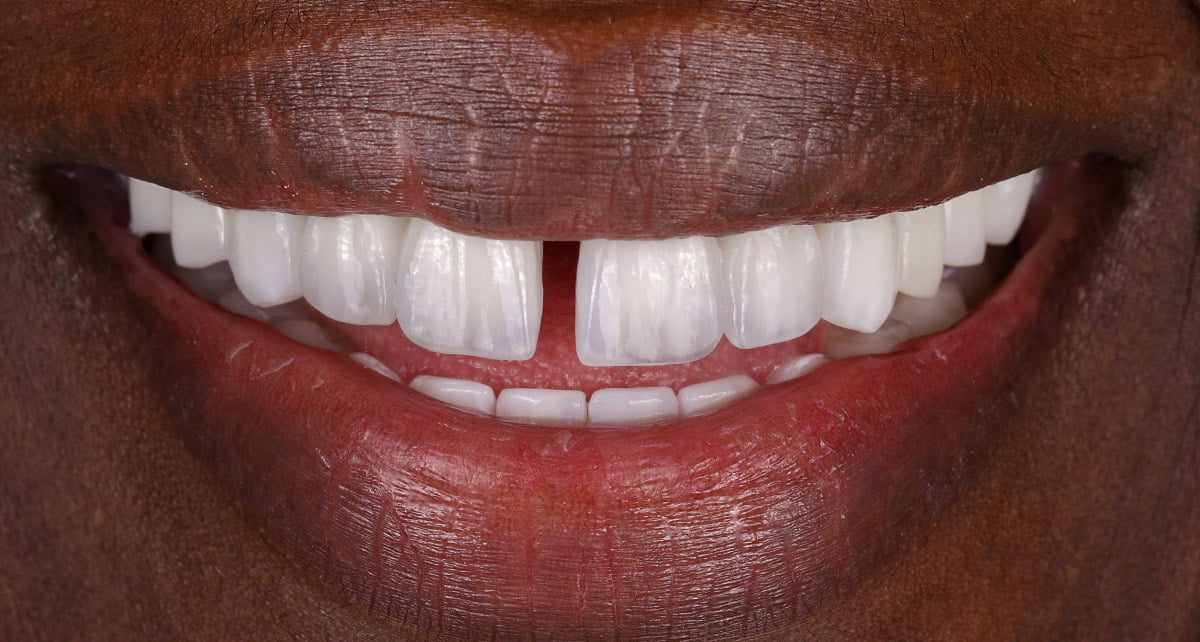How can the gaps between teeth be closed?
Porcelain veneers provide a natural-looking solution to many cosmetic problems. These are thin porcelain coatings that are typically applied to the front and top of the teeth, and are about as thick as a fake nail. Because they are thin, they can refract light and reflect the natural color of the underlying tooth structure, giving them a very natural appearance. Often, no intervention is required on the teeth before applying porcelain veneers, although some patients may require some shaping.
Porcelain veneers are very natural-looking and aesthetically pleasing to the eye. When attached to the teeth, these thin porcelain laminates hold very securely and allow you to go about your daily activities with confidence.
Porcelain veneers require a high level of technical knowledge and skill, as they are entirely handmade. When all of these parameters are combined, a unique work is produced, which is also a very costly process. The biggest disadvantage of porcelain veneers is their high cost.
Composite Restorative Treatments:
Composite filling materials can be used to close gaps between teeth. This is a technical and precise manual process. By layering different physical properties and colors of filling materials, the natural tooth color and form can be obtained and the gaps between teeth can be closed.
Orthodontic Treatment:
Small brackets are attached to the front of the teeth, and then different sized wires are used to move the teeth and close gaps. This not only closes gaps between the teeth, but can also correct problems such as malocclusion, chewing function, and joint discomfort.

